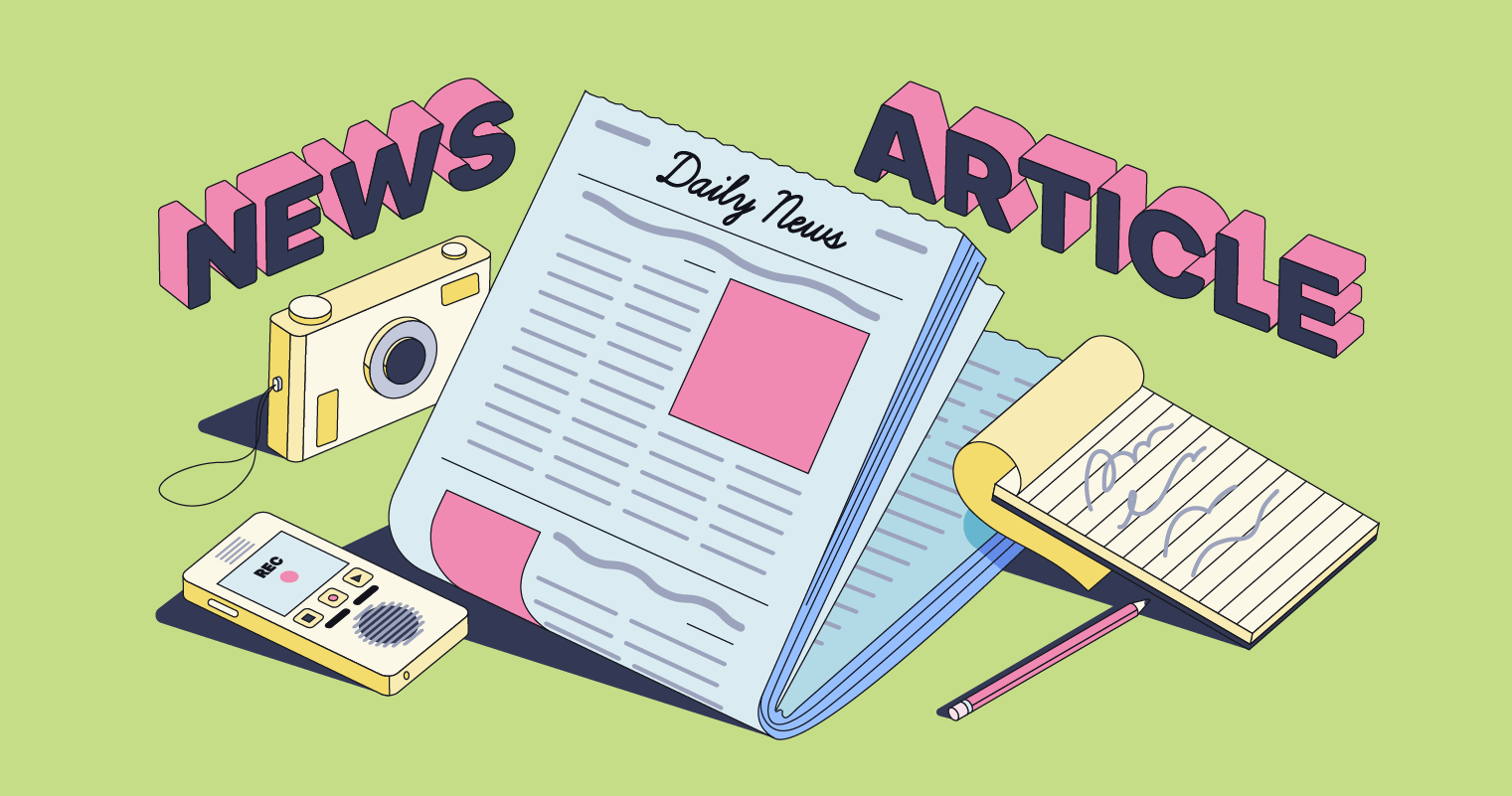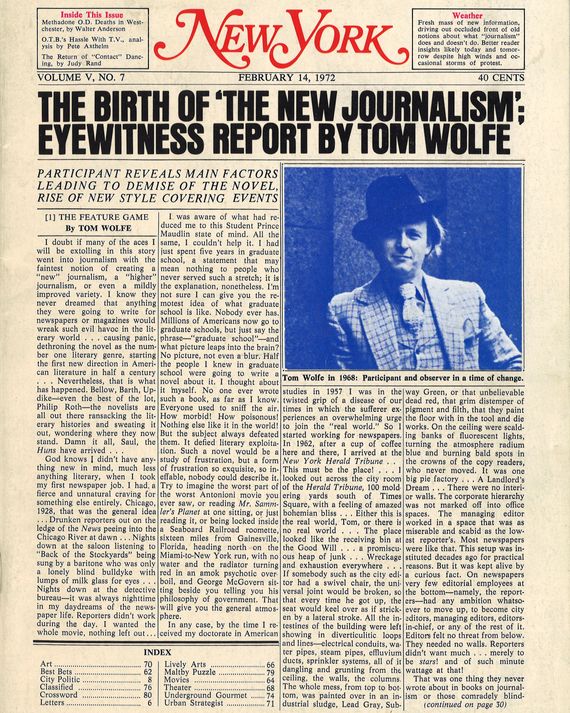4 Easy Facts About News Articles Shown
Wiki Article
How News Articles can Save You Time, Stress, and Money.
Table of ContentsNot known Incorrect Statements About News Articles Things about News ArticlesGet This Report about News Articles10 Easy Facts About News Articles ShownGet This Report on News Articles
Great expertise of different subjects gives pupils an one-upmanship over their peers. Although electronic and social media sites are conveniently accessible, we should not neglect just how important it is to review the newspapers. Parents must attempt and instill the habit of checking out a newspaper as a daily routine to continue the heritage of the adored print medium.Newspaper article also have at the very least one of the following crucial characteristics about the designated target market: distance, prominence, timeliness, human passion, anomaly, or repercussion. The associated term journalese is occasionally utilized, normally pejoratively, to refer to news-style writing. An additional is headlinese. Papers generally stick to an expository writing design.
Within these limits, information stories likewise aim to be thorough. Among the bigger and more highly regarded papers, fairness and equilibrium is a major aspect in offering info.
Newspapers with a worldwide target market, for instance, often tend to utilize a much more official style of creating. The particular choices made by an information electrical outlet's editor or content board are frequently gathered in a style overview; common design guides include the and the United States News Design Book. The primary goals of information writing can be summarized by the ABCs of journalism: precision, brevity, and clarity.
News Articles Things To Know Before You Buy
As a guideline, reporters will certainly not utilize a lengthy word when a brief one will certainly do. They utilize subject-verb-object building and brilliant, energetic prose (see Grammar). They provide anecdotes, instances and metaphors, and they hardly ever rely on generalizations or abstract ideas. Information writers attempt to avoid using the same word a lot more than when in a paragraph (sometimes called an "resemble" or "word mirror").
Headlines often omit the subject (e.g., "Leaps From Boat, Catches in Wheel") or verb (e.g., "Feline female lucky"). A subhead (likewise subhed, sub-headline, subheading, caption, deck or dek) can be either a subordinate title under the major headline, or the heading of a subsection of the article. It is a heading that comes before the main text, or a group of paragraphs of the major message.

Additional billboards of any of these kinds might show up later in the write-up (specifically on succeeding pages) to attract more analysis. Such billboards are also made use of as pointers to the article in various other areas of the magazine or site, or as promotions for the item in other magazine or websites. Common structure with title, lead paragraph (recap in bold), other paragraphs (information) and get in touch with details.

Instance of a hard-lead paragraph NASA is recommending an additional space project. The budget plan requests around $10 billion for the job.
An "off-lead" is the second most essential front page news of the day. To "hide the lead" is to start the post with background details or details of secondary significance to the visitors, requiring them to read more deeply into a short article than basics they ought to have to in order to uncover the vital points.
A Biased View of News Articles
Typical usage is that one or 2 sentences each create their very own paragraph. Journalists normally define the organization or framework of a newspaper article as an inverted pyramid. The crucial and most interesting aspects of a story are placed at the start, with supporting details following in order of decreasing value.It enables people to discover a topic to just the depth that their inquisitiveness takes them, and without the imposition of details or subtleties that they could consider unimportant, however still making that information offered to a lot more interested readers. The upside down pyramid framework also allows posts to be cut to any kind of approximate length during layout, to fit in the space readily available.
Some authors start their tales with the "1-2-3 lead", yet there are many kinds of lead available. A twist can refer to multiple things: The last story in the news program; a "pleased" tale to end the program.
Longer posts, such as publication cover write-ups and the items that lead the inside sections of a newspaper, are called. Feature tales differ from straight news in a number of ways. Foremost is the absence of a straight-news lead, the majority of the moment. Rather than using the essence of a story in advance, attribute authors may attempt to entice visitors in.
The Main Principles Of News Articles
A function's initial paragraphs usually relate a fascinating minute or event, as in an "anecdotal lead". From the particulars of an individual or episode, its sight promptly widens to abstract principles concerning the story's subject.
The Editor's Toolbox: A Reference Guide for Beginners and Professionals (2001) Allan M. Siegal and William G. Connolly. The New York Times Handbook of Style and Use: The Authorities Design Overview Used by the Writers and Editors of the World's A lot of Authoritative Paper (2002) M. L. Stein, basics Susan Paterno, and R.
Report this wiki page